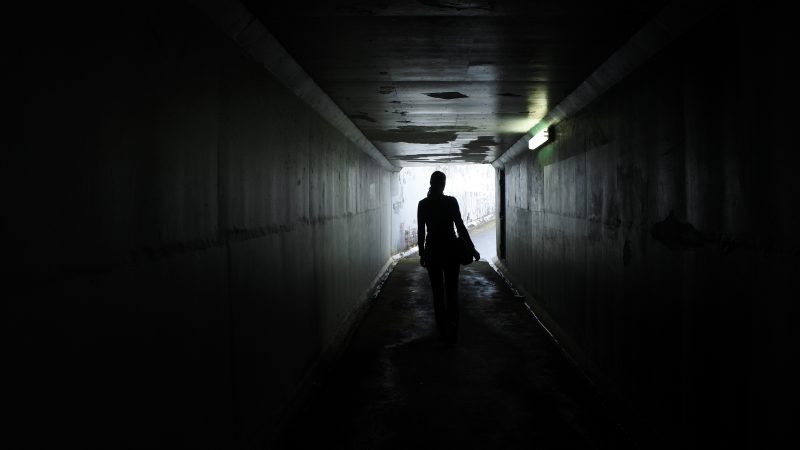
The thing about privilege is that you often don’t realise you have it until you are forced to see how others live. In a very difficult week, one of the strange realisations has been that many men had no idea about the precautions taken by women every time we leave the house.
Worrying about our safety is an integral part of our existence as women. It is drummed into us from a young age that our actions determine our safety: when we were only allowed to go in public toilets in pairs, given rape alarms at secondary school and told we were ‘asking for it’ or ‘jailbait’ when we tried to dress like the pop stars we idolised before some of us had even started menstruating.
Since news of Sarah Everard’s disappearance, I have felt the same feeling I get in my stomach when I walk home alone, particularly when a car goes past me or I walk through a badly lit area or wait alone at a bus stop or taxi rank.
No matter how cold it is, I never wear both gloves if alone, so that if I am attacked I can get DNA from the assailant under my nails to aid the police investigation. Getting public transport can be another ordeal, with men shouting at you and rubbing up against you.
It’s not like this behaviour can be avoided by staying indoors either. I recall being at a house party as a teen when the birthday girl’s father put his hand up my dress. Every women I know has had experiences like this.
It is strange that we have just accepted this is how life is. Rather than look at how society can keep women safe, responsibility has been placed on women, with the expectation being that women don’t travel alone, don’t go to unlit areas, don’t dress so as to draw attention to themselves.
It really should not be this way, and it really doesn’t need to be. Men need to take responsibility, of course, and much has been written about that, and must continue to be. But we also need to ask why is society not structured so that our safety is paramount? Why are our streets not constructed with safety and participation at the forefront?
Women have a right to feel safe and to participate freely within our towns and cities. Currently, that right is denied to us. Indeed, poorly planned infrastructure and town design creates opportunities for violence against women and has a direct impact on our ability to feel safe in our surroundings.
When councils throughout the country turned off street lights in austerity measures, why was the impact on women’s ability to go out and about after dark not considered? When people tell women to avoid dark areas, are they aware just how many areas this includes? On some streets, putting the bins out feels like an ordeal. For many of us walking from the train station to where our car is parked means walking through eerie, badly-lit car parks, where groups of men congregate or individual men stand smoking outside their van. For lone women, this is intimidating.
Harassment and crime are not the only issues. Too often, town planning ignores the reality of women’s lives. For many of us, pushing our children to nursery in their buggies means navigating broken pavements and being forced into the road as the pavement is taken up with parked cars.
Public toilets are often in a dilapidated condition and impossible to navigate with multiple children with us as there is no room for them in the stalls. Even in many workplaces, the environment is unsuitable for menopausal, breastfeeding or pregnant women.
Some countries have made efforts to conquer these problems. In Canada, following a series of sexual assaults and murders of women in Toronto in the 1980s, local community groups, academics and others lobbied the city and local police to improve women’s safety. The city responded by creating the Metropolitan Action Committee on Violence Against Women and Children to address public violence against women.
The Women’s Safety Audits Process was subsequently developed. It involves groups of women and girls walking around public spaces in their neighbourhoods, often with a city official or police representative, to identify the areas that feel unsafe. The findings are used to develop recommendations for the city. Responses to the issues exposed during the audit can range from costly long-term improvements to inexpensive ones like better signage.
In the UK, we are expected to accept the problems and amend our behaviour. Why is women’s safety not factored into planning applications? Safety audits should take place at every new development and on every planning application. If we are truly to reclaim the streets, councils need to listen to women about how they can feel safer. Let’s set out the policies that help women to genuinely reclaim the streets.




More from LabourList
‘The missing ‘B’ – the case for a national smartphone ban in schools
Labour members blame austerity and Brexit for economic problems – poll
‘Britain’s high streets need Community Investment Zones’